Introduction: Why Plumbing Maintenance Matters for Landlords
Plumbing issues are among the most common—and costly—problems landlords face. Even minor leaks or clogged drains can quickly escalate into major expenses, water damage, and unhappy tenants. For rental property owners, proactive plumbing maintenance is more than just a way to avoid emergencies: it’s a vital part of protecting your investment, complying with legal responsibilities, and providing a safe, comfortable home for tenants. Yet, many landlords underestimate the complexity of plumbing systems and the importance of routine upkeep. Neglecting these duties can result in property damage, legal liability, and negative reviews that threaten your rental business. This comprehensive guide is designed to help landlords—whether you own a single-family rental or manage a portfolio—develop an effective, step-by-step plumbing maintenance plan. We’ll cover essential annual and seasonal tasks, provide troubleshooting advice, and outline best practices for documentation, communication, and compliance. By following this guide, you’ll reduce costly emergencies, extend the lifespan of your plumbing infrastructure, and ensure your tenants enjoy a worry-free living experience.
Understanding Your Property’s Plumbing System
Main Components to Identify
Every landlord should have a basic understanding of their property’s plumbing layout. Knowing where to find key components will save time during inspections and emergencies. The most critical parts include:
- Main Water Shutoff Valve: Usually located near where the main water line enters the property—often in a utility room, basement, or crawl space.
- Water Meter: Tracks water usage and helps spot leaks.
- Water Heater: Typically in a utility room or basement. Check for serial/model numbers for maintenance scheduling.
- Supply Lines: Pipes delivering water to fixtures; usually copper, PEX, or PVC.
- Drain and Waste Lines: Remove wastewater; typically ABS or PVC for newer homes.
- Fixtures: Sinks, toilets, tubs, showers, and outdoor spigots.
Creating a Plumbing Map
Develop a simple diagram or annotated photos marking the locations of all shutoff valves, cleanouts, and major appliances. Store this in a shared digital folder for easy access in emergencies or when coordinating repairs with plumbers and tenants.
Annual Plumbing Inspection Checklist for Rentals
Performing a thorough inspection at least once a year—preferably during tenant turnover or before peak seasonal changes—can help spot issues before they become urgent. Here’s a step-by-step checklist:
- Check All Fixtures: Run faucets, showers, and flush toilets. Look for leaks, slow drains, or unusual noises.
- Inspect Supply Lines: Examine under sinks and behind toilets for corrosion, bulging, or dampness on supply hoses.
- Test Shutoff Valves: Operate each valve to ensure they open/close fully and don’t leak.
- Water Heater Maintenance: Look for rust, corrosion, or water pooling around the base. Test the pressure relief valve and flush sediment (see below for details).
- Drain and Waste Lines: Check visible pipes for leaks, discoloration, or odors. Run water in lower-level fixtures to ensure proper drain flow.
- Outdoor Faucets and Hose Bibs: Inspect for leaks and damage—especially after winter.
- Check for Water Stains: Look at ceilings, floors, and inside cabinets for signs of previous or ongoing leaks.
- Monitor Water Meter: With all water off, note if the meter is still moving—a sign of hidden leaks.
Documenting Inspections
Take photos and notes for each item, even if no issues are found. This documentation can be invaluable for tracking recurring problems, defending against security deposit disputes, and demonstrating due diligence if legal issues arise.
Seasonal Plumbing Tasks: Preventing Weather-Related Damage
Spring and Summer
- Check Sump Pumps: Test operation before rainy season.
- Inspect Outdoor Fixtures: Look for winter-related cracks or leaks.
- Clean Gutters and Downspouts: Ensure proper drainage away from foundation.
Fall
- Insulate Exposed Pipes: Especially in basements, crawl spaces, or garages.
- Drain and Shut Off Exterior Faucets: Prevent freezing and burst pipes.
- Schedule Water Heater Service: Sediment buildup can accelerate as weather cools.
Winter
- Check for Drafts: Seal gaps near pipes against freezing air.
- Monitor for Frozen Pipes: Instruct tenants to report reduced water flow or unusual noises immediately.
Essential Tools and Supplies for Landlord Plumbing Maintenance
Equipping yourself or your maintenance staff with reliable tools can resolve minor issues quickly, saving on service calls. Keep these basics on hand:
- Standard and adjustable wrenches
- Plunger (cup and flange types)
- Drain auger (hand snake)
- Pipe tape (PTFE/Teflon tape)
- Pipe cutter and tubing cutter
- Flashlight and inspection mirror
- Buckets, towels, and absorbent pads
- Replacement washers and supply hoses
- Wet/dry vacuum (for minor flooding)
For multi-unit properties, consider investing in a leak detection system with sensors for high-risk areas.
Common Plumbing Problems in Rentals—and How to Address Them
Clogged Drains
Tenants often report slow or blocked drains. Encourage them to use drain strainers and avoid flushing inappropriate materials. For minor clogs, a plunger or hand auger usually suffices. Avoid chemical drain cleaners, as they can damage pipes and void warranties.
Running Toilets
This common issue wastes significant water. Usually, it’s caused by a faulty flapper or fill valve. Most repairs are inexpensive and take less than 30 minutes with basic tools.
Leaky Faucets and Valves
Worn-out washers or supply line connections are typically to blame. Prompt repair prevents water waste and potential cabinet damage.
Water Heater Troubles
Tenants without hot water may be experiencing a tripped breaker, pilot light issue, or sediment buildup. Schedule annual flushing and clearly label breaker panels and shutoffs for tenants.
Low Water Pressure
Check aerators and showerheads for mineral buildup. If the issue is widespread, it could indicate a hidden leak or main supply problem—contact a licensed plumber promptly.
When to Call a Licensed Plumber
While landlords can handle many small repairs, certain situations require professional expertise:
- Major leaks or burst pipes
- Sewage backups or strong sewer odors
- Persistent water heater issues
- Hidden leaks inside walls or ceilings
- Work requiring permits or code compliance (e.g., new fixture installation, pipe replacement)
Establish a relationship with a reliable, licensed plumber before emergencies arise. Keep their contact information posted in your maintenance files and, if applicable, in a visible place for tenants.
Plumbing Code Compliance and Documentation
Rental properties are subject to local and state plumbing codes. Non-compliance can result in fines, failed inspections, or liability for tenant injuries. Key compliance tips:
- Use licensed plumbers for any work beyond basic maintenance or fixture replacement.
- Verify all repairs and upgrades meet current code requirements.
- Retain permits and inspection records for at least five years.
- Document all maintenance and repairs with dates, photos, and invoices.
In some jurisdictions, annual plumbing system inspections are required by law for rentals. Check with your local housing authority for specifics.
Communicating with Tenants About Plumbing Maintenance
Clear communication helps prevent misunderstandings and encourages tenants to report issues early. Best practices:
- Move-In Orientation: Show tenants the main water shutoff and explain what to do in an emergency.
- Written Instructions: Provide a simple plumbing troubleshooting guide (e.g., how to use a plunger, what not to flush).
- Reporting Protocol: Establish a simple process for tenants to report leaks or plumbing problems—ideally with photos.
- Regular Reminders: Send seasonal email reminders on actions like keeping cabinet doors open during freezes or not pouring grease down drains.
Insurance Considerations for Landlords
Water damage is one of the most frequent causes of insurance claims in rental properties. To mitigate risks:
- Review your landlord insurance policy’s coverage for water damage, mold, and plumbing failures.
- Consider add-ons for sump pump failure or sewer backup if your property is in a high-risk area.
- Require tenants to carry renters insurance covering their personal property.
Careful documentation of plumbing maintenance can help prove that you took reasonable steps to prevent damage, expediting claims processing if issues arise.
Step-by-Step: Flushing a Water Heater in Your Rental
Why Flush Annually?
Sediment buildup in water heaters reduces efficiency and shortens lifespan. Flushing the tank annually is a simple, high-impact task. Here’s how:
- Turn off the power (electric) or set gas to “pilot.”
- Shut the cold water supply to the heater.
- Connect a garden hose to the drain valve and run it to a floor drain or outside.
- Open a hot water faucet in the house to relieve pressure.
- Open the heater’s drain valve; let water run until clear.
- Close the drain valve, remove the hose, and reopen the cold water supply.
- Once the tank is full and air is purged, restore power or set gas back to normal.
Share this process with tenants only if they are responsible and comfortable with light maintenance—otherwise, handle it yourself or hire a pro.
Developing a Proactive Plumbing Maintenance Schedule
Consistency is key to preventing costly repairs. Here’s a sample schedule for landlords:
- Monthly: Remind tenants to report leaks/drips; check for signs of water stains during other routine visits.
- Quarterly: Inspect supply lines and shutoffs; test sump pumps (if present).
- Annually: Full walkthrough inspection; flush water heater; check outdoor fixtures and drain lines.
- Seasonally: Complete relevant tasks from the seasonal checklist above.
Use digital calendars or property management software to track completed tasks and set reminders for future maintenance.
Conclusion: Protecting Your Investment and Your Tenants
Proactive plumbing maintenance is one of the smartest investments a landlord can make. By adopting a systematic approach—understanding your property’s plumbing, performing regular inspections, and addressing issues promptly—you’ll prevent minor problems from turning into major disasters. This not only saves you money but also protects your property’s value and reputation.
Equally important is your role in communicating with tenants and maintaining thorough documentation. Clear instructions and efficient reporting channels empower tenants to be your eyes and ears, catching issues early. Well-kept records help you navigate insurance claims, defend against legal disputes, and demonstrate your commitment to providing a safe, habitable home.
Finally, recognize when to call in professionals, ensure code compliance, and continually review your insurance coverage to address evolving risks. By following the strategies in this guide, you’ll create a positive rental experience, foster long-term tenant relationships, and enjoy greater peace of mind as a property owner. Plumbing may be out of sight, but with the right routine, it will never be out of mind—or out of control.
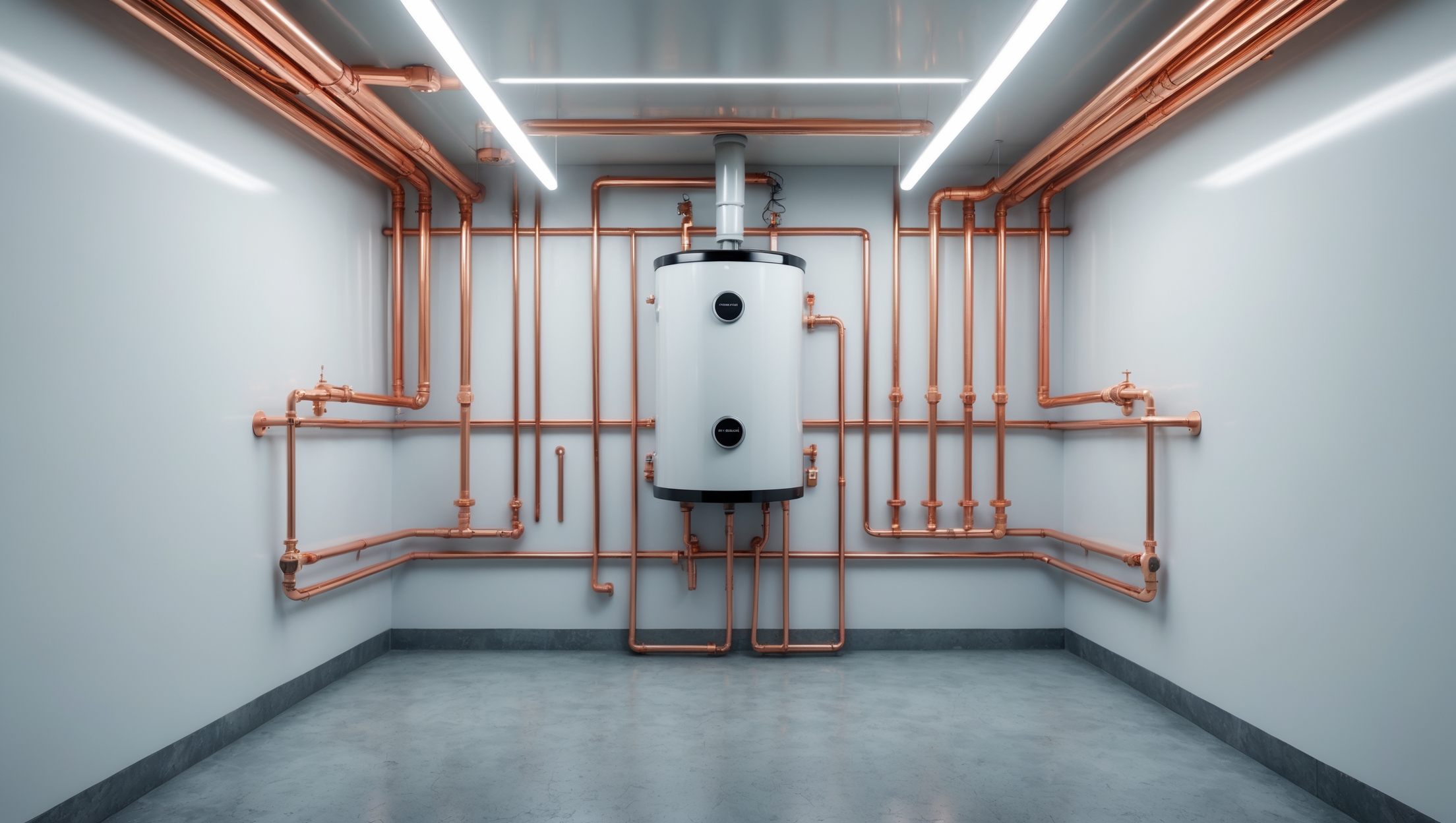
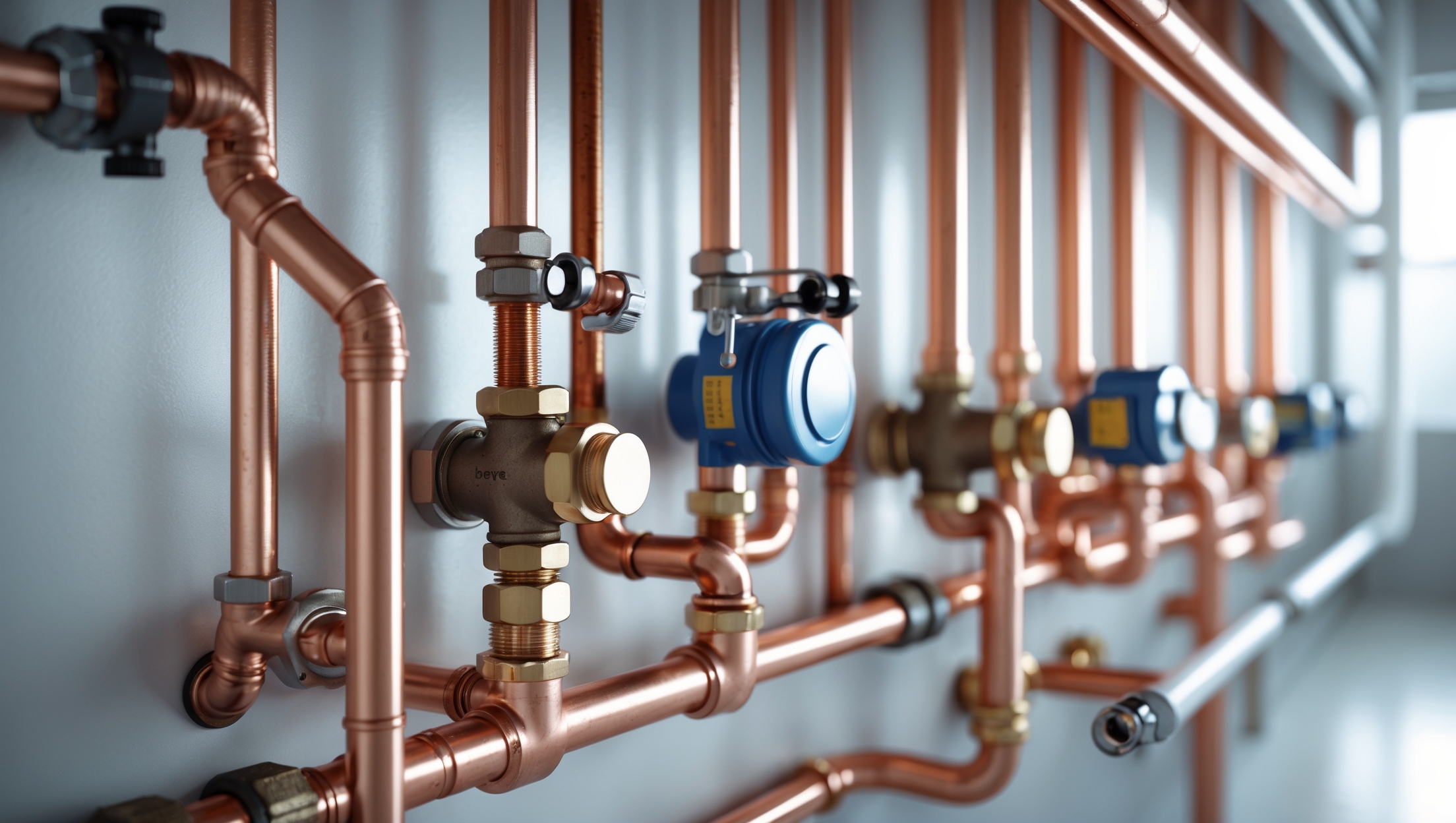

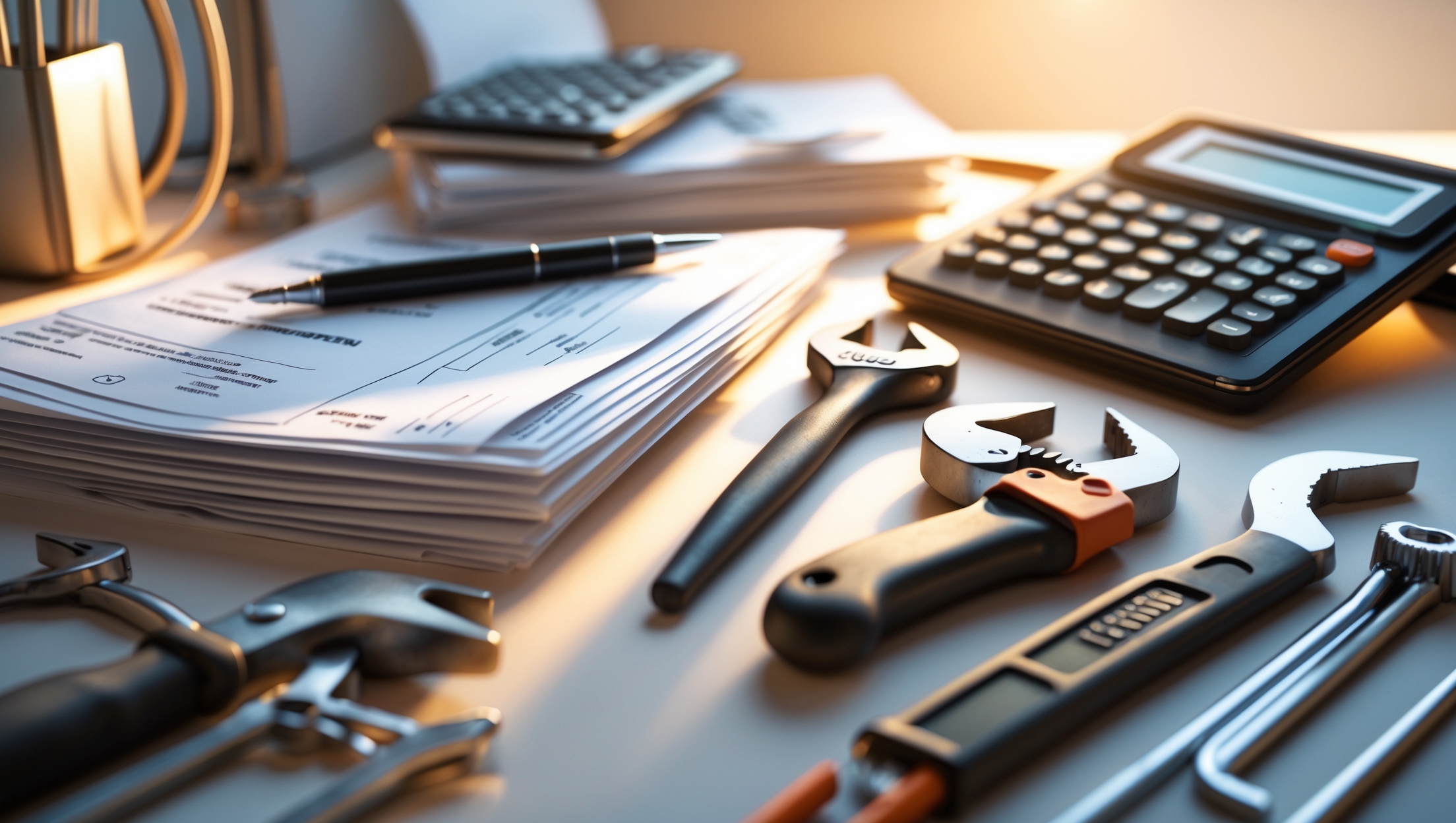
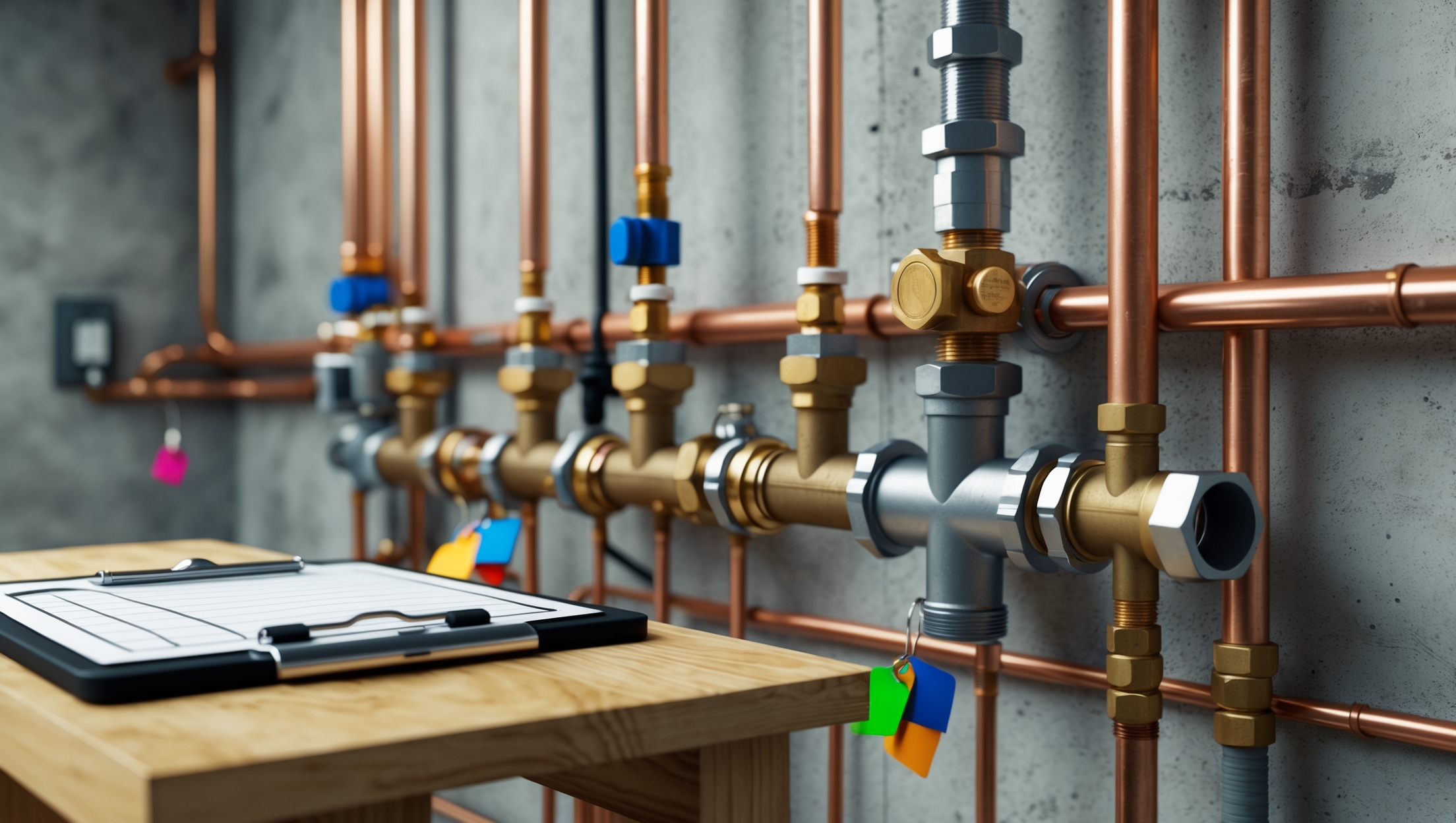
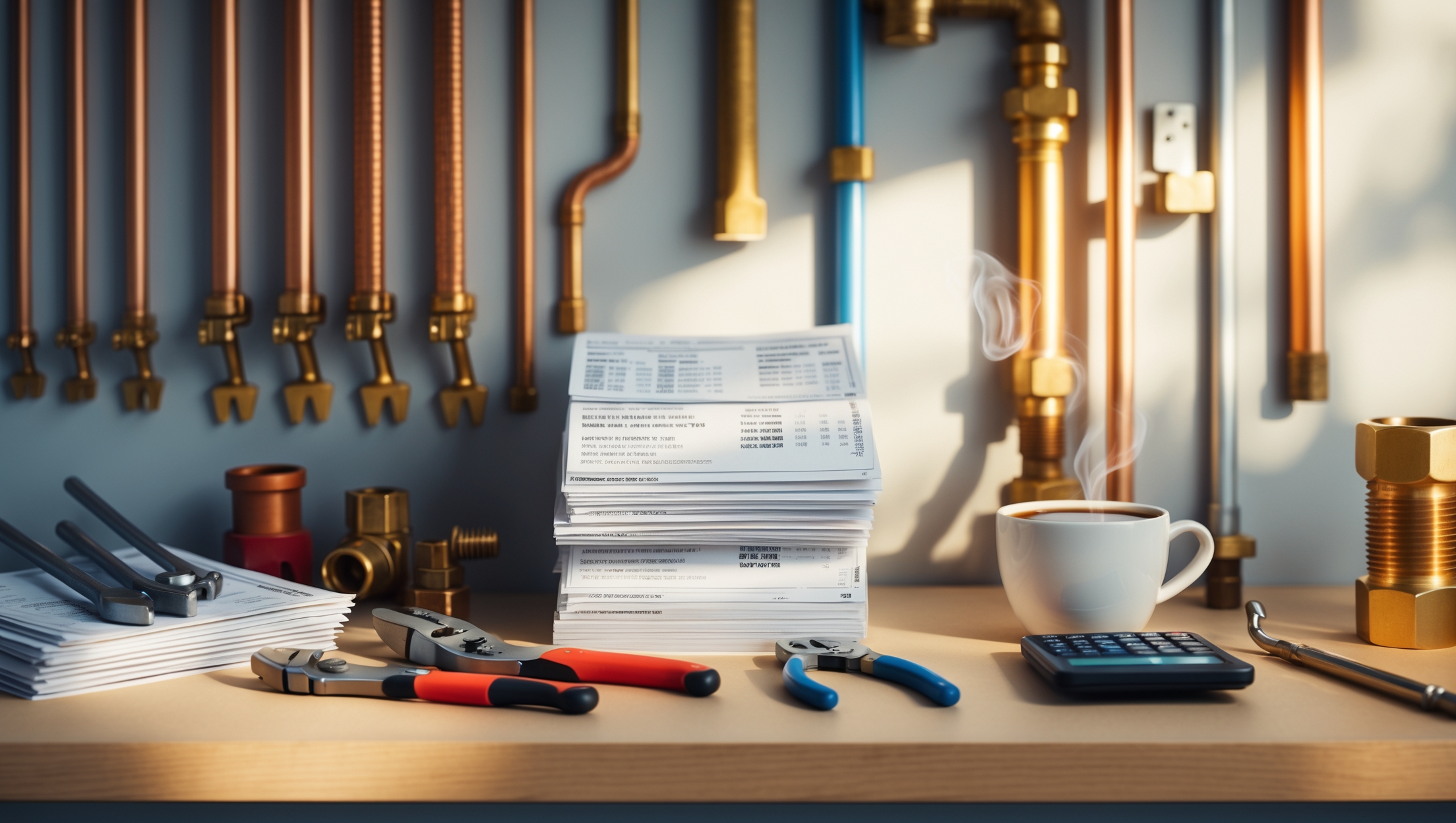
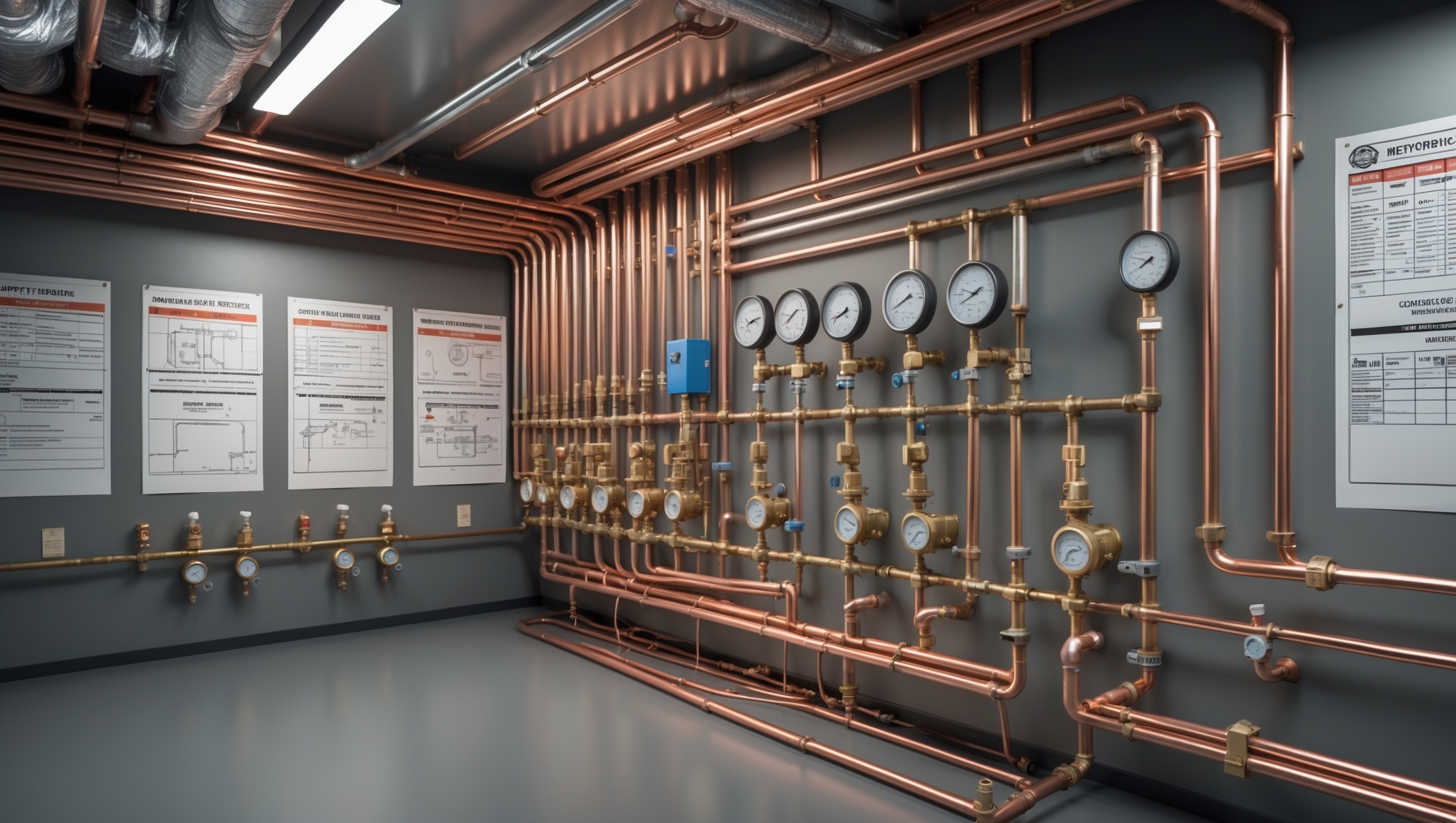
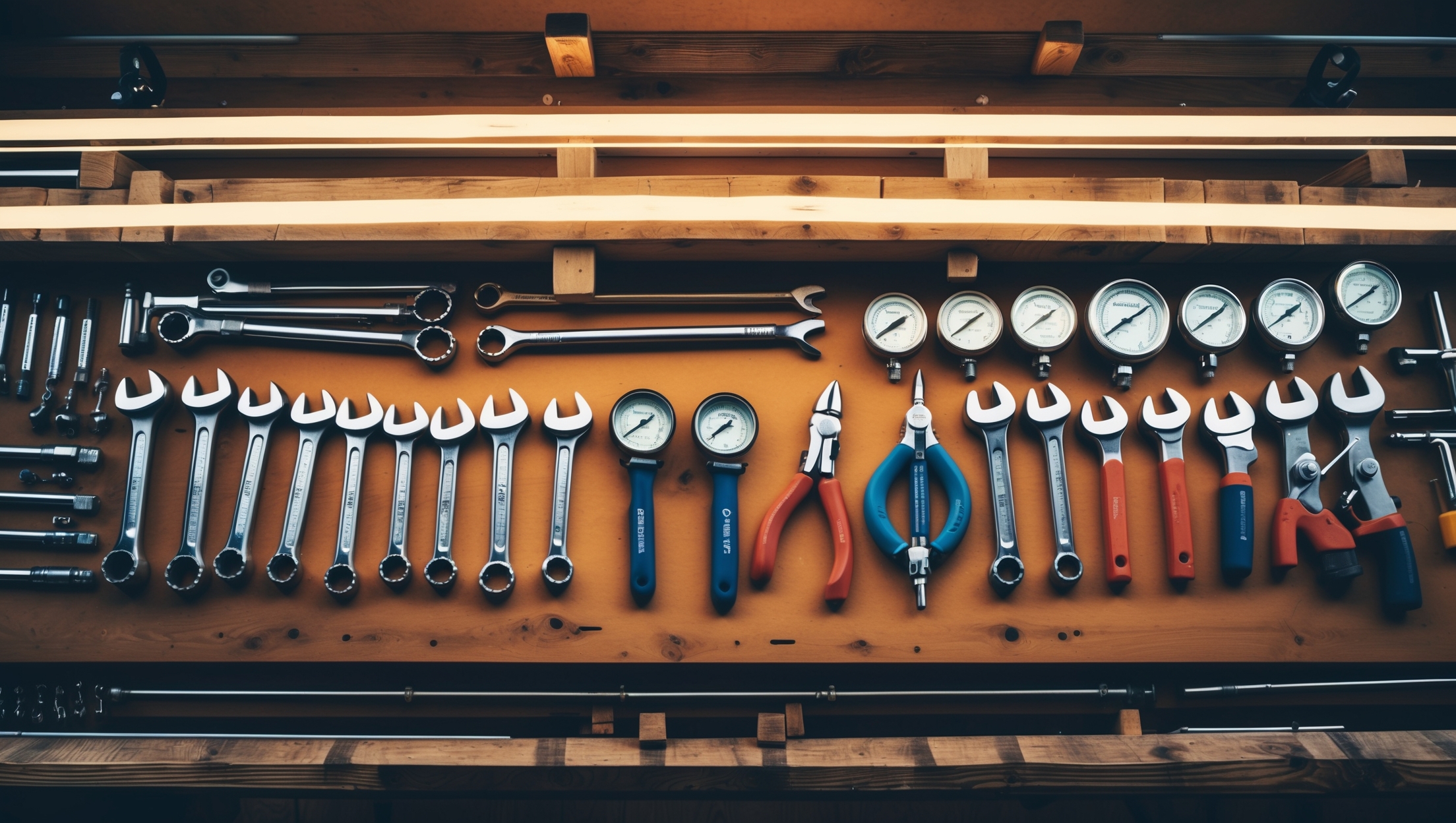
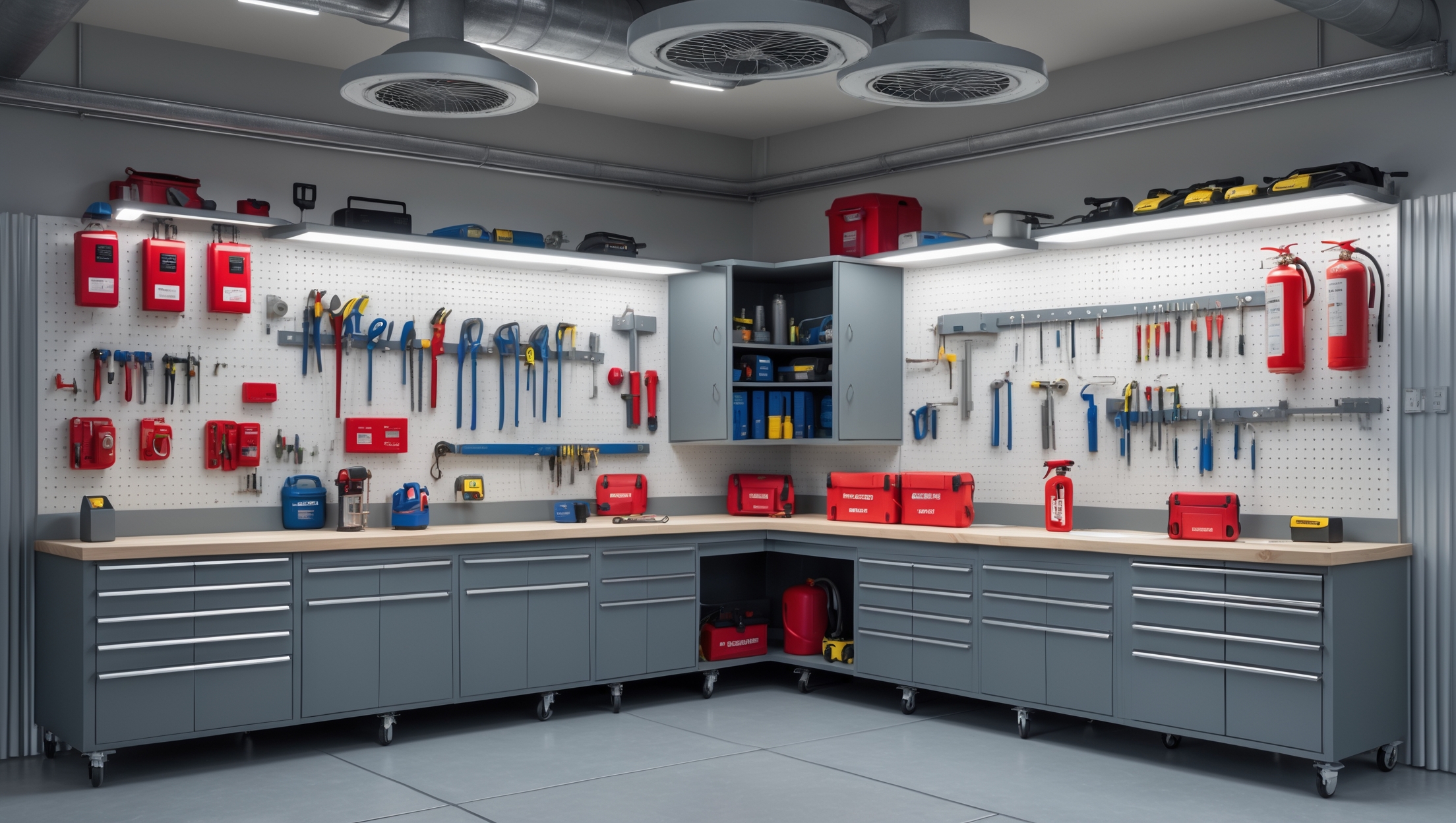
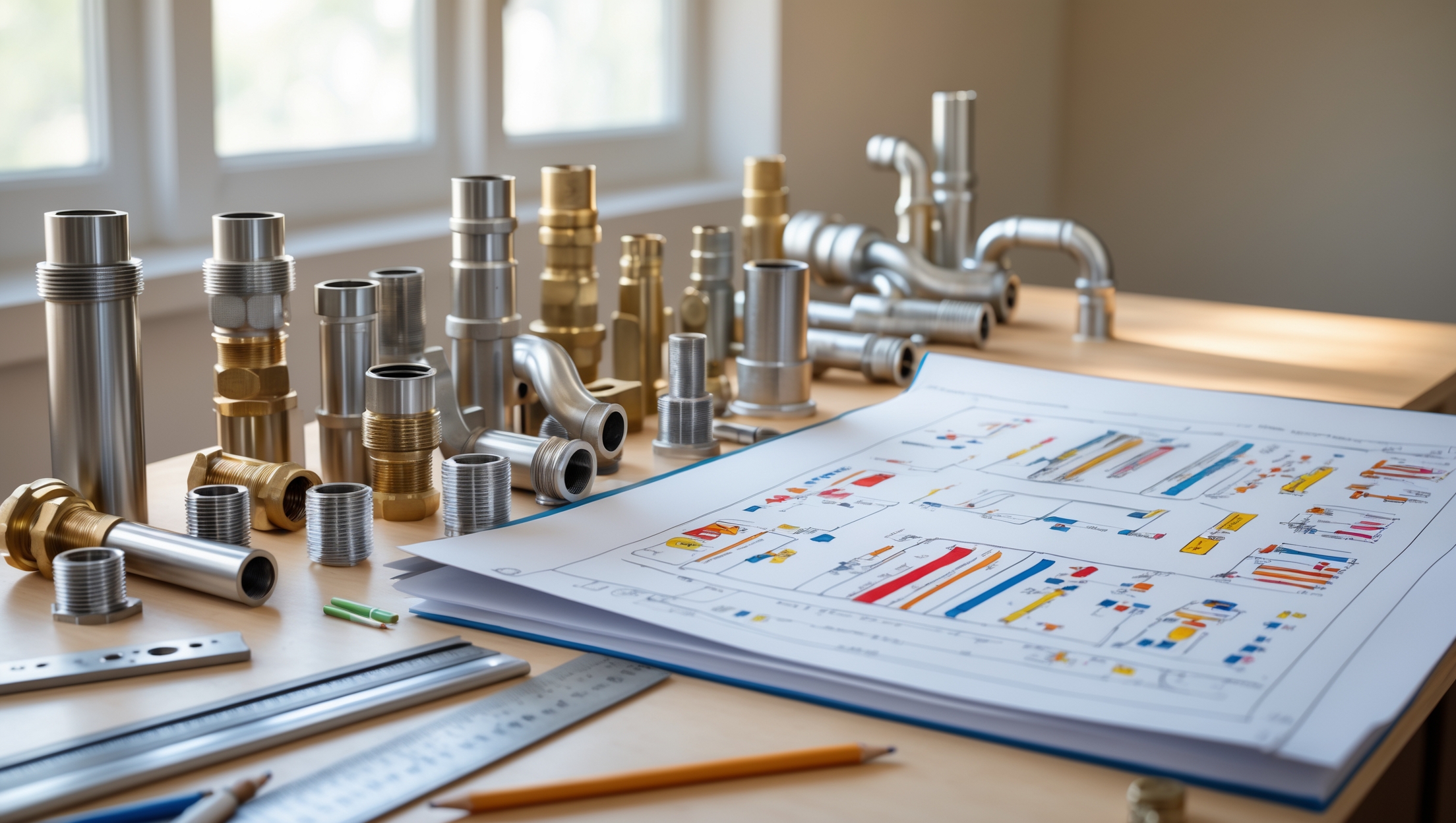
James Lopez
If I own older properties with a mix of copper and PVC pipes, are there extra steps I should take during inspections, especially to prevent leaks or corrosion compared to properties with all newer plumbing materials?